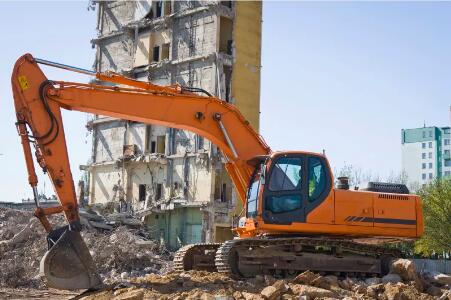
In the realm of construction machinery, bearings serve as critical components, facilitating smooth motion and reducing friction between moving parts. Here's a breakdown of the various types of bearings commonly employed and their roles within construction equipment:
Roller Bearings: These bearings utilize cylindrical or tapered rollers to distribute loads evenly, commonly found in heavy-duty applications such as excavators, bulldozers, and cranes. They excel in supporting radial and axial loads simultaneously, making them ideal for construction machinery subjected to varying forces.
Ball Bearings: Utilizing spherical balls to minimize friction, ball bearings are prevalent in construction equipment components requiring high-speed rotation, such as pulleys, gears, and conveyor systems. Their low friction and high precision make them suitable for enhancing efficiency in machinery operations.
Thrust Bearings: Specifically designed to handle axial loads, thrust bearings are crucial in construction machinery applications requiring the transmission of force along a single axis, such as in crane booms, hydraulic cylinders, and winch systems. They ensure smooth and stable movement under heavy loads, contributing to the safety and reliability of the equipment.
Spherical Bearings: With the ability to accommodate misalignment and angular motion, spherical bearings find utility in construction machinery subjected to dynamic forces and variable operating conditions. They are commonly utilized in articulation joints, steering systems, and suspension components of loaders, excavators, and articulated dump trucks, enhancing maneuverability and stability on rough terrain.